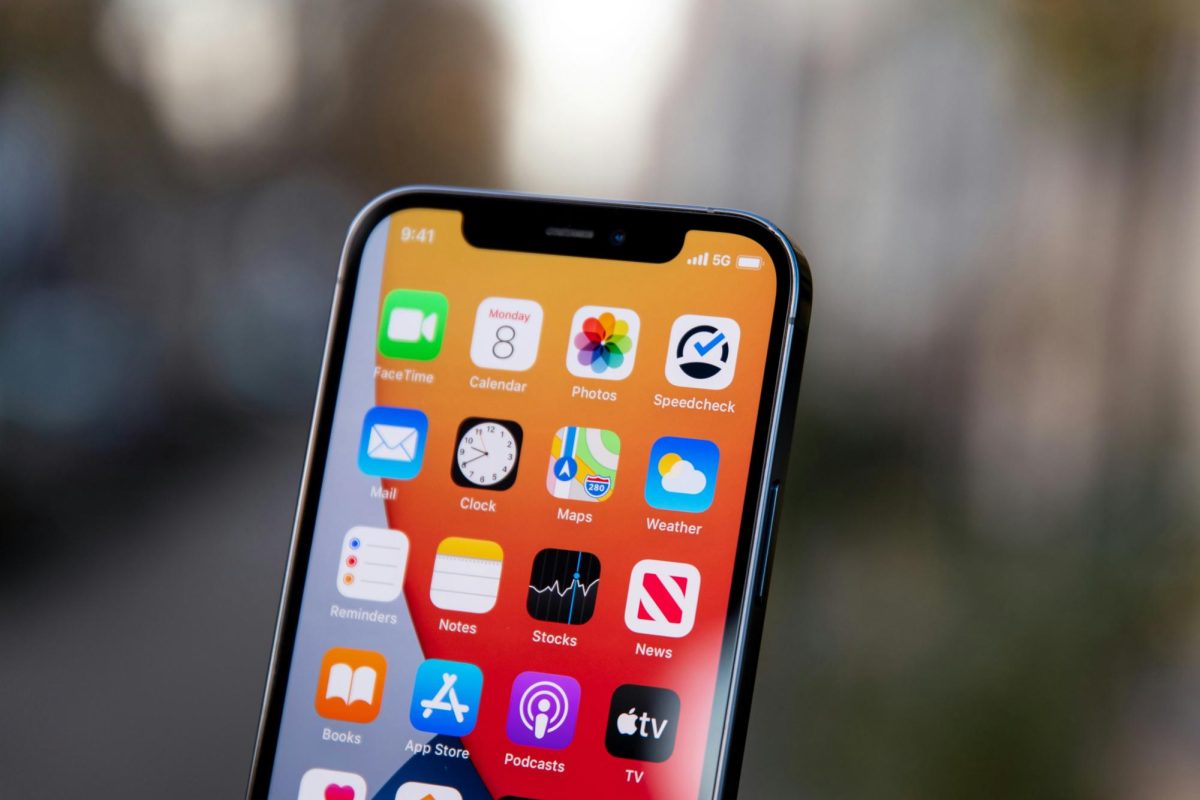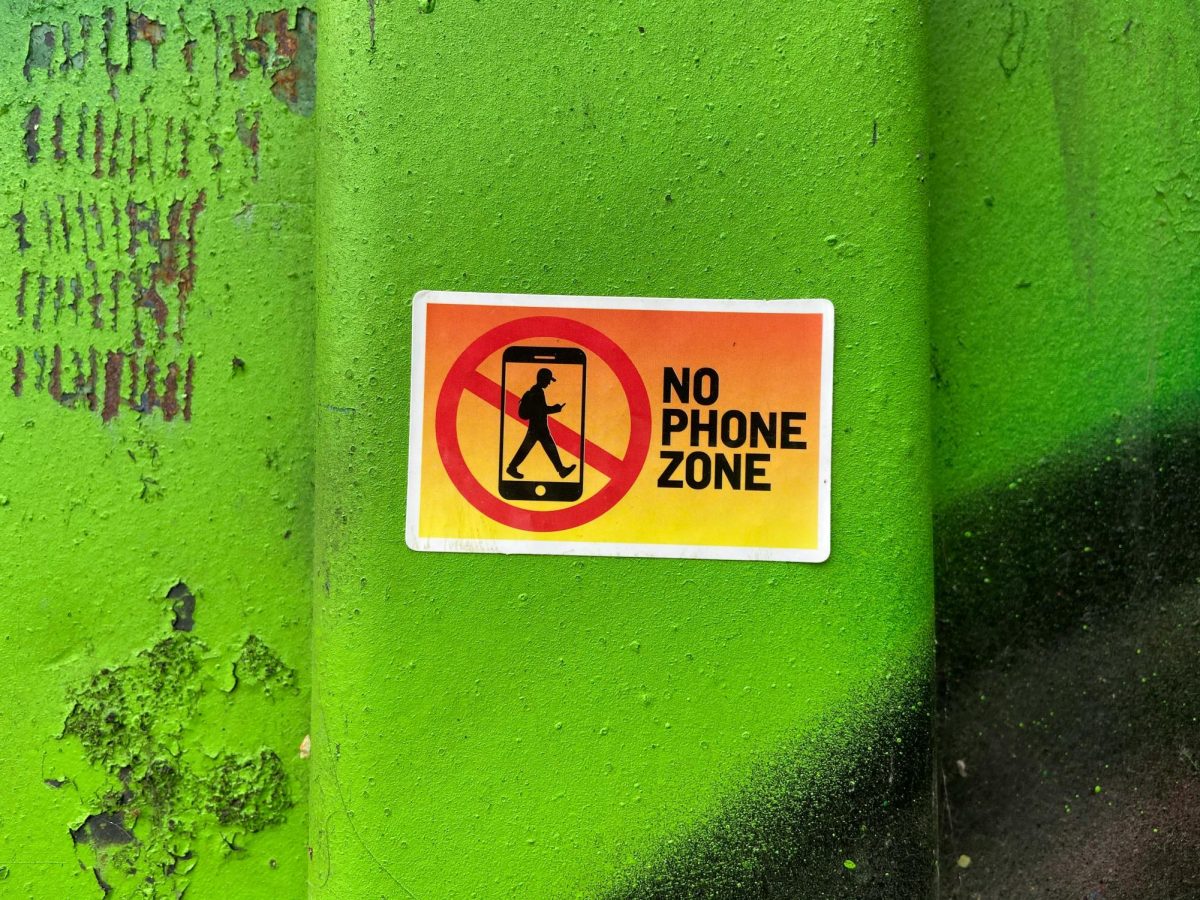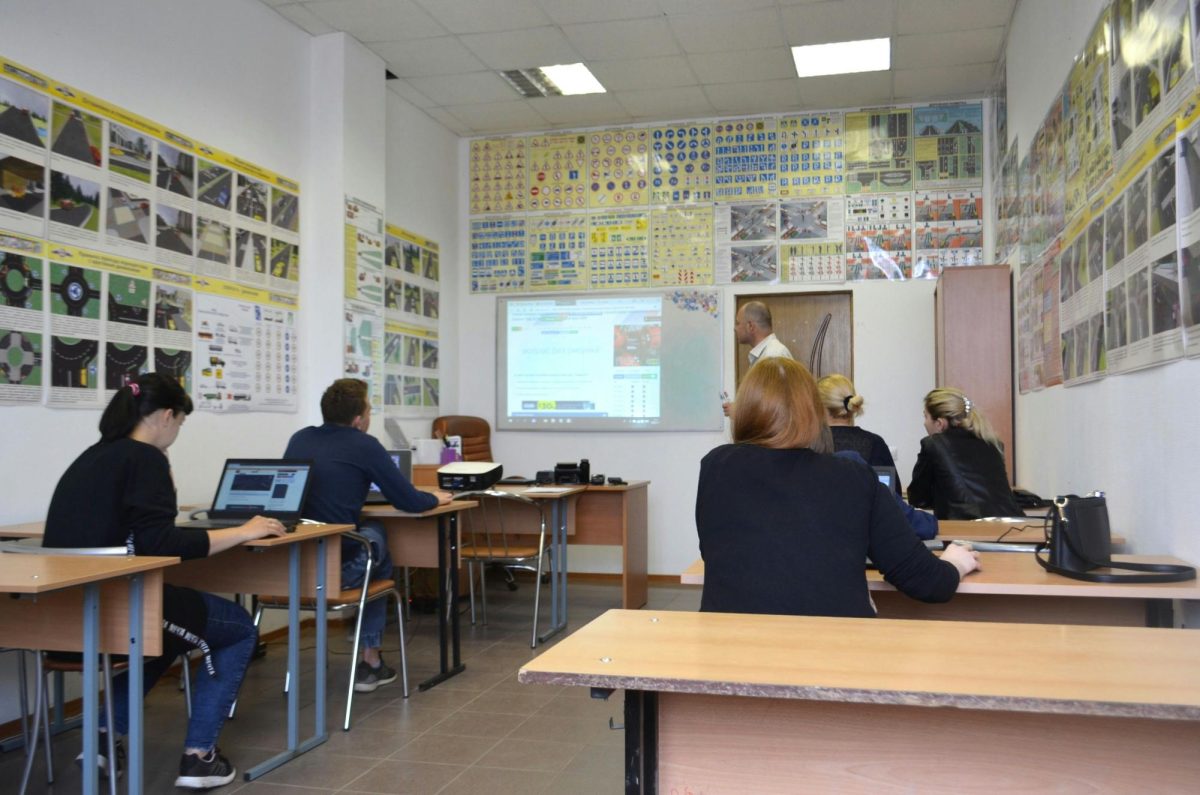This article was originally published in Kaleidoscope‘s Spring 2025 print edition. It is being published as a separate online article now for easy access.
Governor Kathy Hochul’s recent decision to ban smartphones in New York schools is a narrow response to a complex issue — and it’s the wrong move. While concerns about mental health, distraction and cyberbullying are valid, banning phones outright ignores both the benefits of responsible technology use and the real educational opportunities that mobile devices offer. Instead of completely banning smartphones from classrooms, schools should focus on teaching students responsible usage, digital literacy and self-regulation. We need smarter solutions, not a blanket ban.
Phones are not just social tools, they are powerful educational resources. Teachers already utilize smartphones to improve learning in schools all around the nation. Students take advantage of their phones in order to access instructional apps, work together on projects and record data. In emergencies — whether personal, medical or safety-related — phones give parents, guardians and authorities a direct channel of communication.
Additionally, Governor Hochul’s plan undervalues kids’ ability to study and use technology sensibly. Rather than banning phones, schools should implement comprehensive lessons on responsible usage of phones. These programs help students understand the consequence of cyberbullying, the risks of overuse and the importance of balancing screen time with real-world interaction. It is significantly more effective to teach pupils how to handle their digital lives than to act as though they don’t exist.
Furthermore, this policy also risks widening the inequality gap. This policy assumes that all students have equal access to resources and support. While some schools can provide devices and reliable internet, others cannot. Not all students have reliable Wi-Fi or personal computers at home, so they often rely on their phones to download assignments, take pictures of class notes, or use mobile data to stay connected during school hours. In districts where school resources are limited, phones help fill critical gaps. Banning phones doesn’t just remove a distraction — it removes access.
There are smarter ways to reduce distractions and promote mental wellness in schools. Some districts have implemented structured “phone breaks” or designated phone-free zones, which allows students to remain connected without letting devices dominate the school day. These policies respect students’ autonomy while still prioritizing focus and safety.
Governor Hochul’s plan might look like decisive leadership, but it is ultimately a step backwards. We should be preparing students for a digital world, not shielding them from it. Technology is part of everyday life, and learning how to use it properly is just as important as learning how to write an essay or solve an equation. Banning phones sends the message that we don’t trust students to grow into responsible users of technology.
We should be focused on education, including the education of digital literacy. We should build trust among students, not walls. Governor Hochul should rethink her plan and give students the tools to thrive in the modern world.









